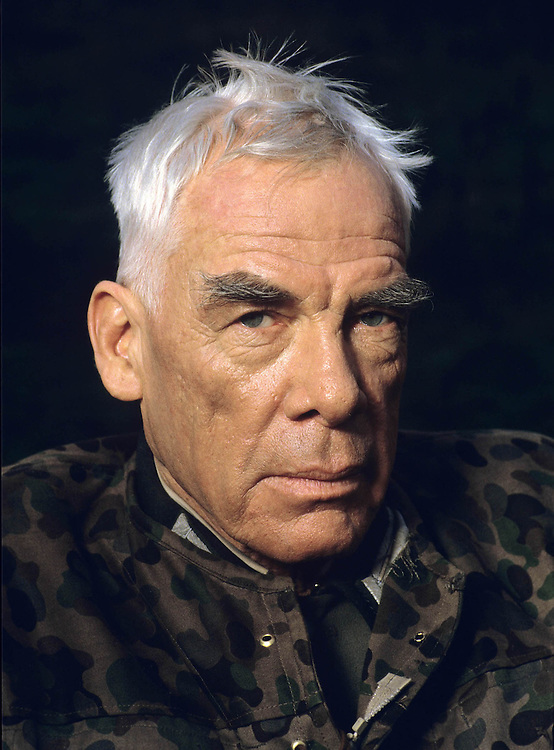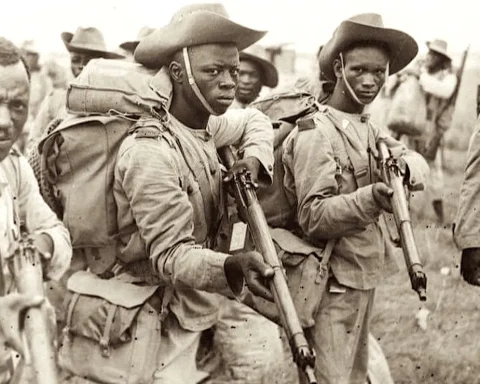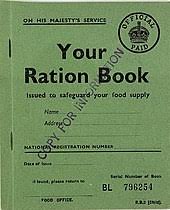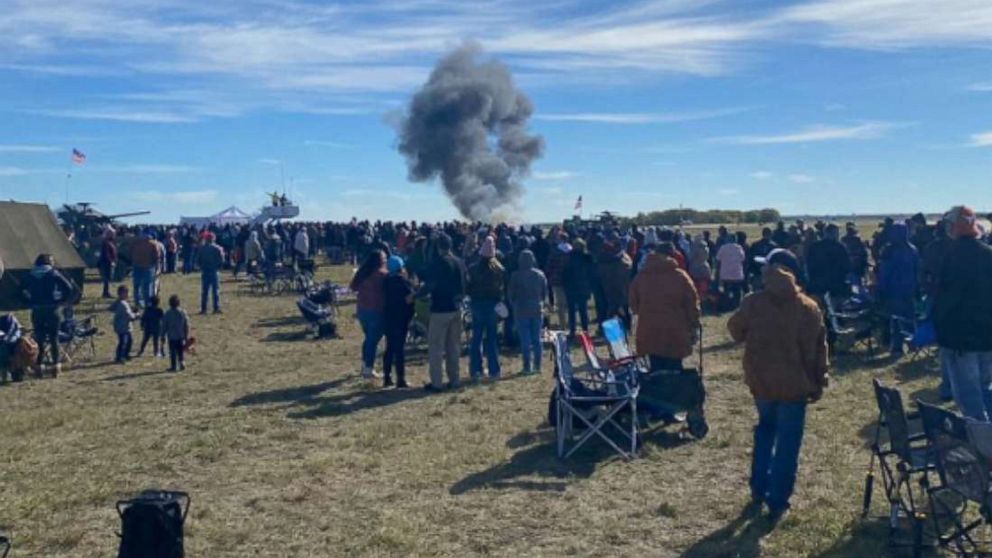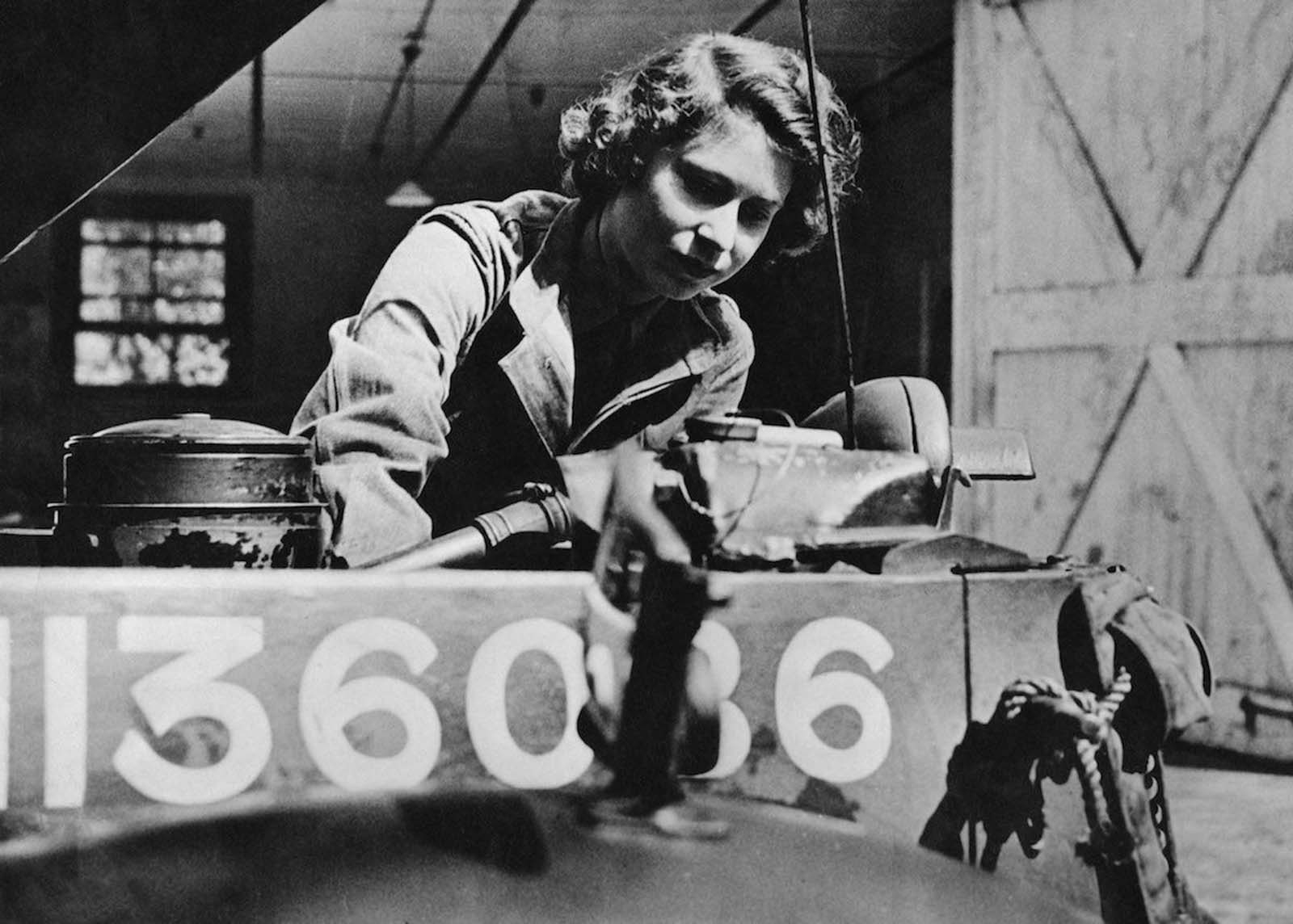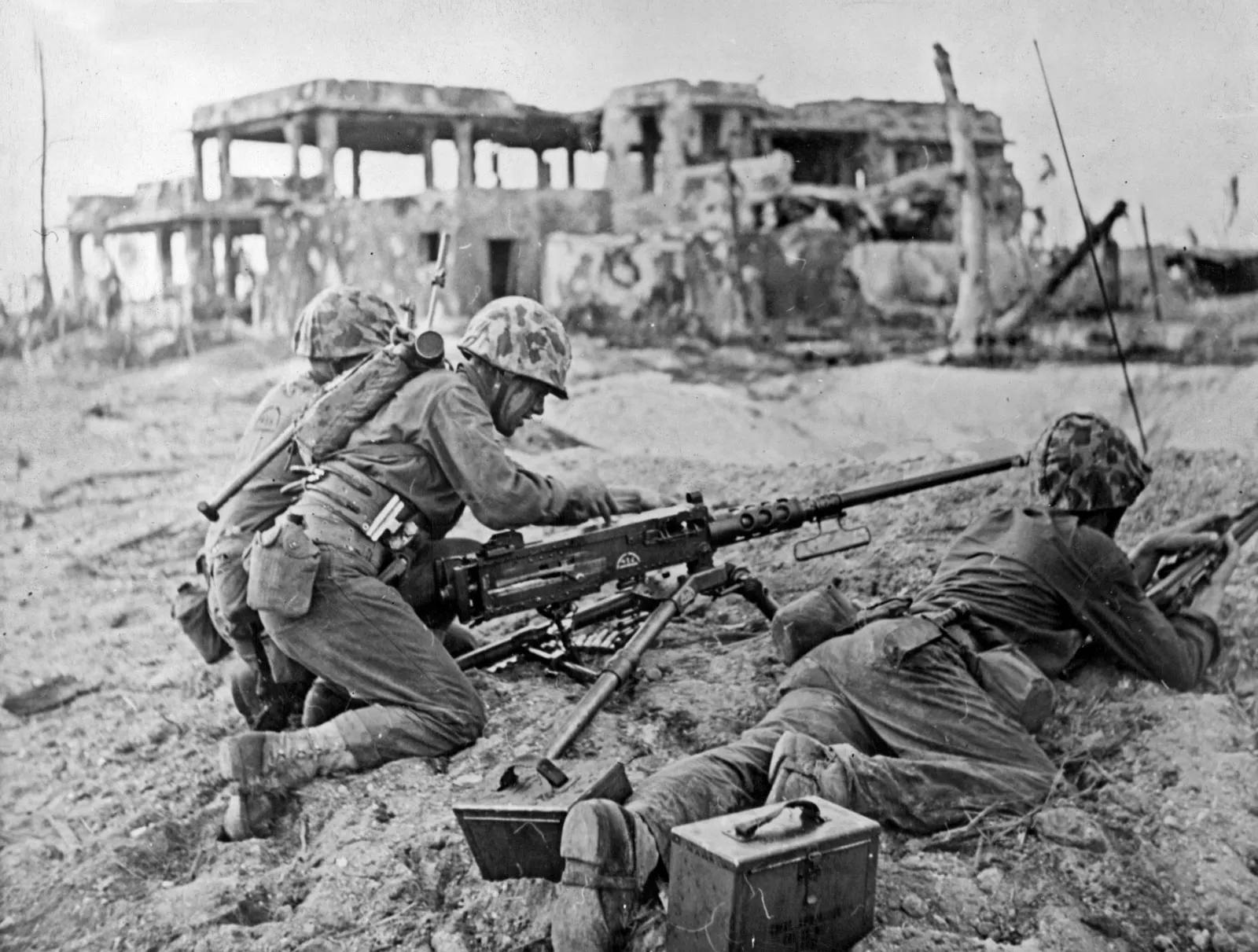
Often referred to as the “Pacific D day,” the battle was part of the operation forager during World War II. After an intense battle which lasted from June 15 till July 9, the United States Military, led by Lieutenant General Holland Smith, defeated the Imperial Japanese Army.
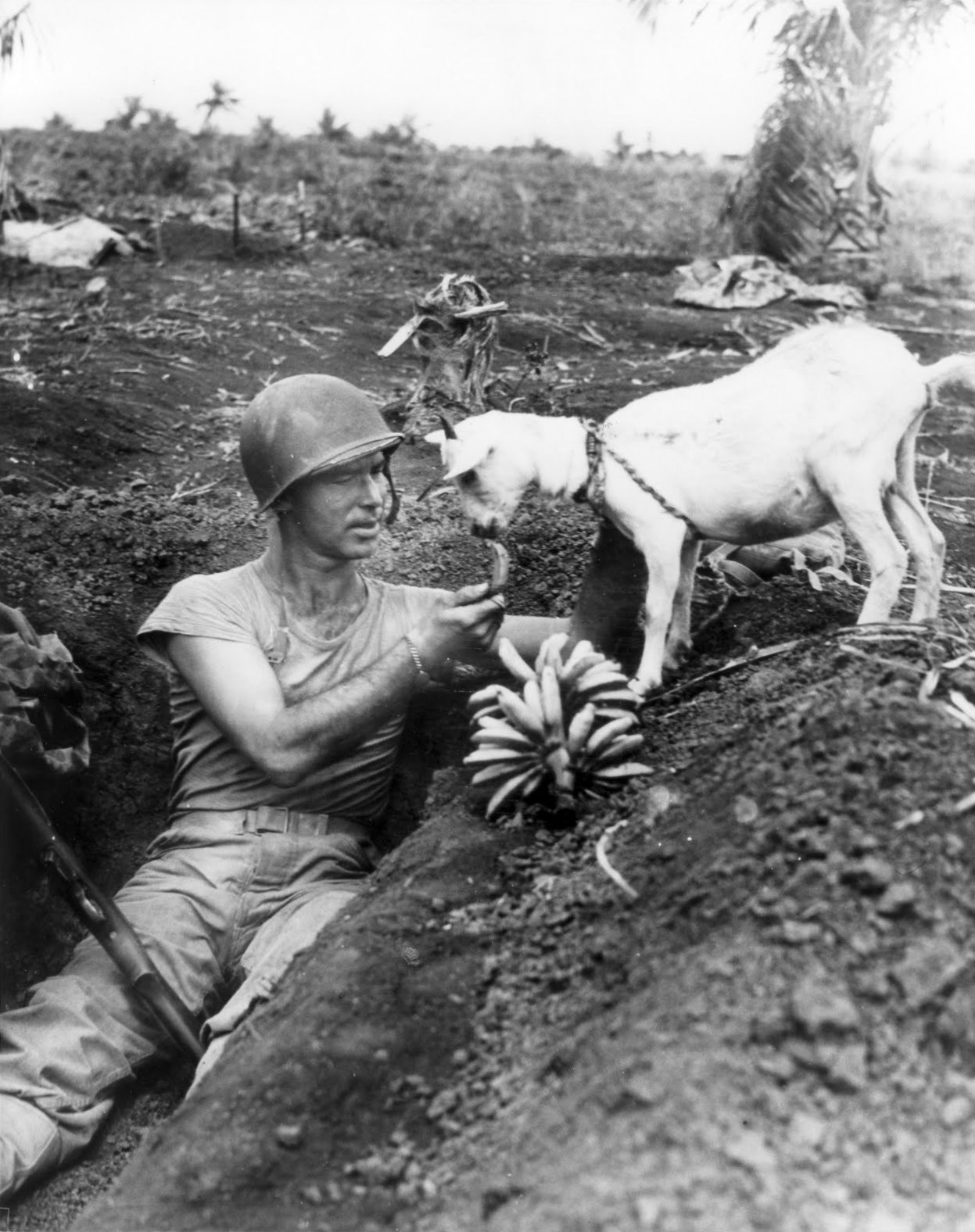
The Saipan Island was first under Spanish sovereignty before it came under German rule, then made a Japanese territory in 1920. The capture of the Island by the United States-led allied attack was said to be one of the most ferocious land battles ever fought.
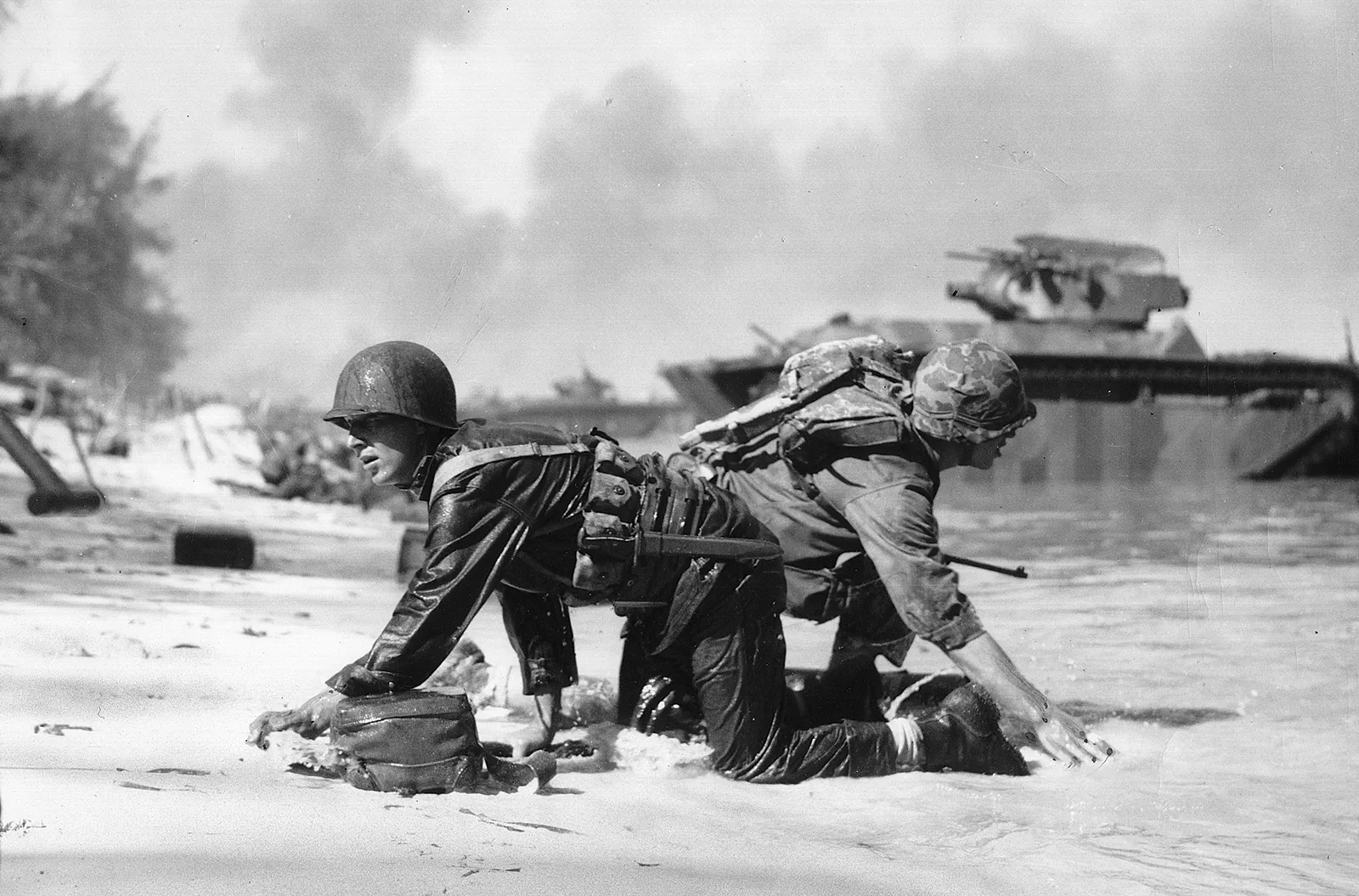 The battle began after the U.S. Marine divisions landed southwest of the Island on June 15, where they were immediately joined by an Army division two days later. Setting up countless defence systems, the Japanese army and navy garrison prepared to breach this attack.
The battle began after the U.S. Marine divisions landed southwest of the Island on June 15, where they were immediately joined by an Army division two days later. Setting up countless defence systems, the Japanese army and navy garrison prepared to breach this attack.
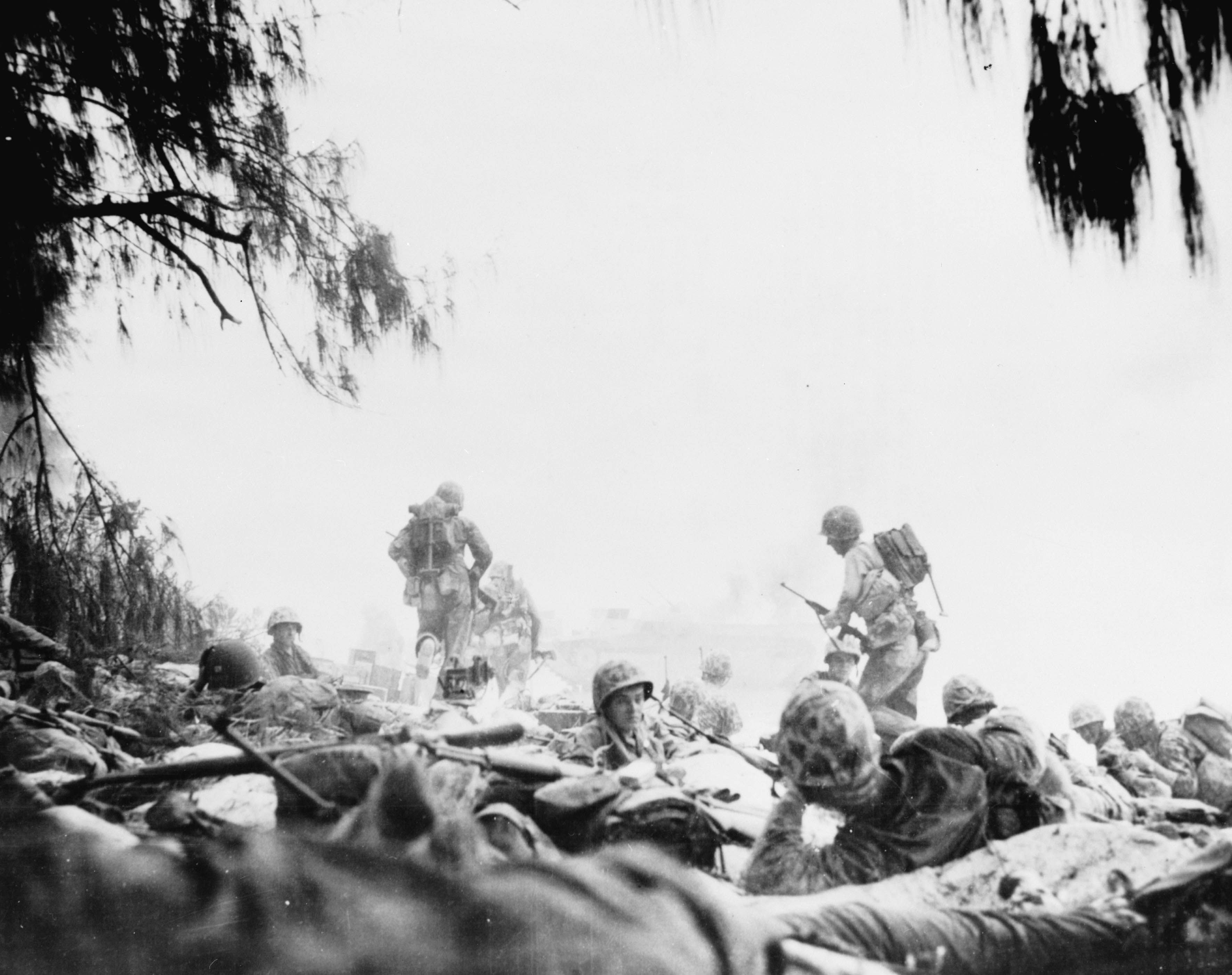
Although numbering about 27,000 men against the 71,000 U.S allied troops, they had prepared effective beach defences against the invading U.S. Allied forces. They caused the attacking forces a significant number of casualties. Still, the troops, however, managed to fight their way past the beach against the will of the Japanese General Yoshitsugo Saito had hoped to win the battle on the beaches to prevent the troops from coming ashore. General Yoshitsugo was forced to change his military formation and withdraw with his troops into the rough-up country of Saipan Island.
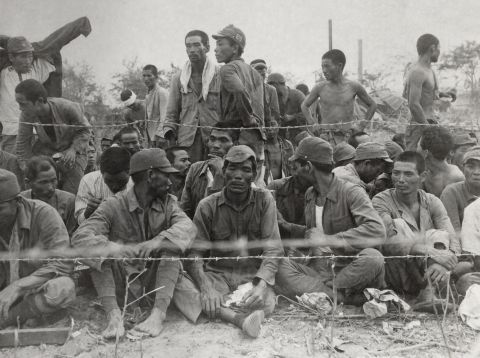
The battle saw led to the death of about 3,500 U.S troops and almost all the Japanese troops numbering about 30,000. Thousands of Japanese civilians who lived on the Island also committed suicide by jumping to their deaths on the Banzai cliff rather than being captors of the U.S forces.
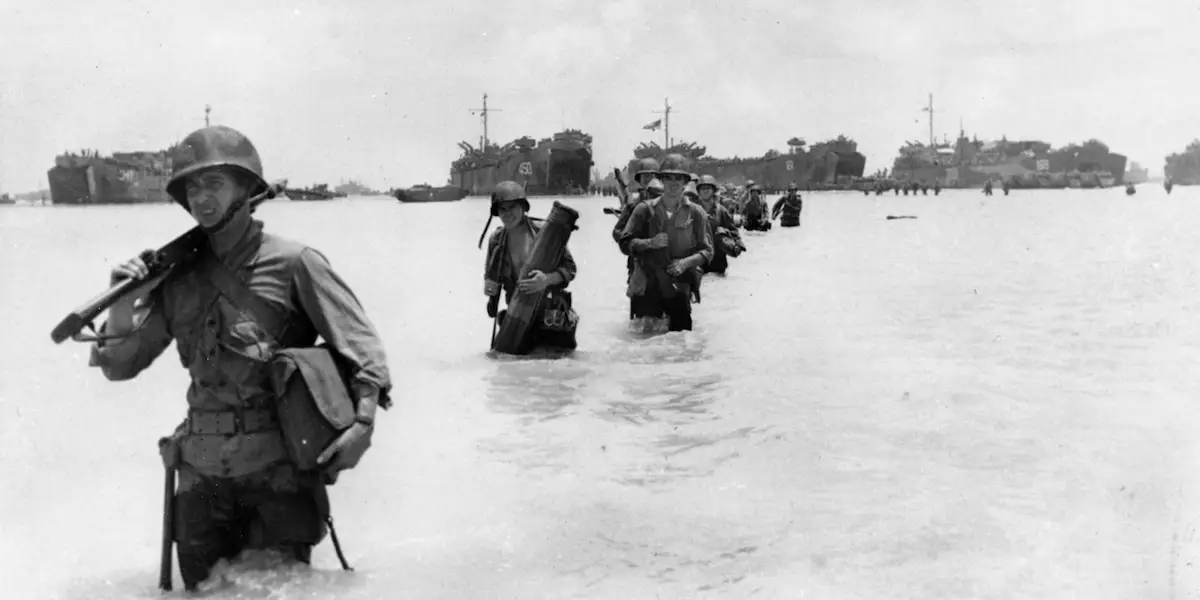
Saipan Island became a significant U.S. military air base during the last year of World War II, and from 1953 – 1962 it was under the U.S. naval jurisdiction authority. Saipan also served as headquarters of the U.S.-administered United Nations Trust Territory of the Pacific Islands.
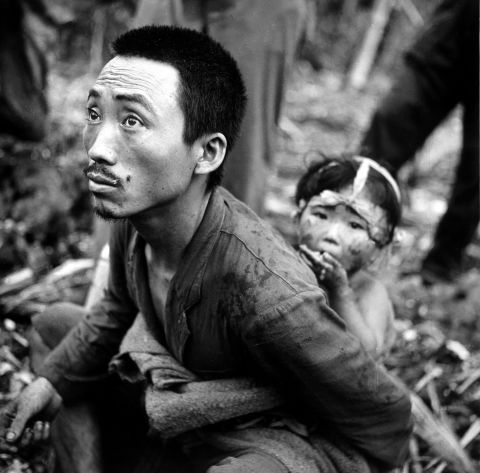
To date, it’s said to be the most costly victory for the Americans. It was recorded that out of 71,000 who landed, 2,949 were killed and over 10,000 wounded. Hollywood actor Lee Marvin was among the many Americans injured while serving with “I” Company, 24th Marine Regiment when he was hit by shrapnel by Japanese mortar fire during the strike on Mount Tapochau.
